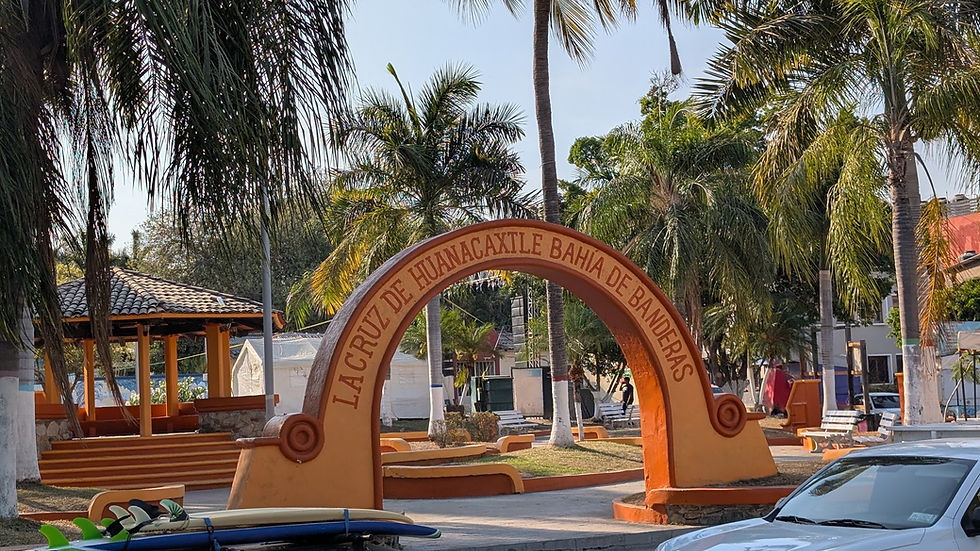Taking the Heat
- Capt. Eric
- Aug 15, 2020
- 2 min read
Enfin's main engine is a solid little Lugger 6 cylinder diesel engine. Basically it's a John Deere tractor engine with marine modifications.
Cooling is done the Nordhavn way, or more accurately the marine commercial way, using a cooling loop and keel cooler. The great advantage is that sea water, the corrosive stuff, doesn't get anywhere near the engine and there is no sea water pump to take care of, that risks clogging or otherwise malfunctioning.
I love this system and that engine. It's as simple as a diesel engine can get, with no turbo, no complex electronics, nothing too fancy. It's all there in front of you with pretty much everything you'll ever need to work on being easily accessible.

I am convinced that easy access means better maintenance, and that's why I am a big proponent of having a separate engine room, with good access via a dedicated door.
That's rare on boats our size, and it is a space and volume sacrifice in terms of accommodations. Maybe we could have a slightly larger head or shower stall if we sacrificed the engine room? I wouldn't want it: Being able to sit down anywhere around my engine, and have everything there in front of me without having to contort myself is priceless on a boat our size.
We went out the other day, just for the fun of it, and noticed the engine temps climbing up when pushing the engine full speed, something we do only sporadically to clean it up despite the fact that it is rated continuous duty and can run all day long like that.
The coolant loop had been flushed recently, so that left the thermostats to change and keel cooler to clean. Thermostats had been on the original survey list but since engine temps remained completely normal at cruising speed, I had delayed it some.
I ordered a couple replacement thermostats from our local Lugger dealer, conveniently found across the street from our marina, and set to change them.

Sitting on top of the engine, easy access. All I had to do was drain about a gallon of coolant, clean the mating seal surfaces, replace the thermostats and reassemble with new seal, seal paste and thermostats. 5 minutes tops. No contortion, no banging my head anywhere, and no swear words.
Temperatures are much better now and within range, but to complete the regular maintenance I have asked our diver to clean the keel cooler next time he's down there. Or I'll do it myself the next time we're at anchor.
Thermostats should be good for a very long time. We still carry spares on board just in case. Keel cleaning will continue to be done with the regular zinc checks.
Enfin is good to go and can take the heat.



Comments